As the cryptocurrency landscape continues to evolve, 2024 could mark a pivotal year for the Pi Network, with its open Mainnet launch slated to be a significant milestone. The Core Team recently unveiled an updated roadmap (V2) that provides a clearer timeline for the project, sparking fresh excitement among the Pi community and drawing attention to one pressing question: Will the Core Team finally allow exchanges to list the Pi Coin?
Pi Network, a unique project aiming to create an accessible cryptocurrency ecosystem, has attracted over 20 million Pioneers (users) who mine Pi Coin on their mobile devices without the need for energy-intensive computations. This innovative approach, combined with a focus on decentralization and inclusivity, has positioned Pi Network as a compelling alternative within the cryptocurrency space.
A Community-Driven Cryptocurrency: Pi Network’s Origins and Growth
Founded in 2019 by a team of Stanford graduates, the Pi Network set out with a vision to create a cryptocurrency that anyone could participate in, regardless of technical knowledge or mining equipment. Using a consensus algorithm known as the Stellar Consensus Protocol, the Pi Network’s mobile-based mining process is lightweight and energy-efficient, distinguishing it from more traditional Proof-of-Work (PoW) cryptocurrencies like Bitcoin, which demand high computational power and energy usage.
Pi Network’s model of user engagement and inclusivity has resonated with millions, rapidly growing its user base to over 20 million active members worldwide. Known as “Pioneers,” Pi’s users mine Pi Coin by logging into the app daily, where they earn rewards while contributing to the network’s security and decentralization.
Updated Roadmap (V2): The Path to Pi’s Mainnet
The recent roadmap update by the Core Team was eagerly awaited, as it provided a clear framework of Pi Network’s planned transition from the testnet phase to the anticipated open Mainnet. This roadmap outlines essential technical milestones, enhanced security protocols, and community engagement strategies, all of which are intended to fortify the Pi ecosystem before the Mainnet launch.
The updated roadmap divides Pi Network’s journey into several key phases
1. Infrastructure Development and Testing: The Core Team is focusing on enhancing blockchain scalability and performance, which involves rigorous testing to ensure that the network can support a substantial number of transactions. This phase also prioritizes data security and safeguards against potential vulnerabilities, which are vital for the Mainnet’s long-term stability.
2. Community Engagement and DAO Formation: Pi Network has always emphasized community involvement. Through a Decentralized Autonomous Organization (DAO), the roadmap encourages the active participation of Pioneers in governance and decision-making, a key element in the lead-up to Mainnet launch.
3. Onboarding and Ecosystem Growth: The roadmap highlights Pi Network’s plans to develop an ecosystem of decentralized applications (DApps), which will be integral to the network’s functionality and use cases. By supporting DApps, Pi Network hopes to attract developers interested in building applications for a socially impactful and sustainable cryptocurrency network.
4. Mainnet Launch: Expected in 2024, the open Mainnet launch will officially move Pi Coin out of the testnet phase, establishing it as a fully operational cryptocurrency on its own blockchain.
This roadmap update has inspired renewed enthusiasm and speculation within the Pi community. The transparency around the project’s technical advancements and community-centric approach has sparked questions on whether the Core Team is now prepared to engage with cryptocurrency exchanges to list Pi Coin.
Exchange Listing: When Will Pi Coin Be Available on Major Platforms?
The potential listing of Pi Coin on major exchanges has been a long-standing question among Pioneers. Listing on an exchange would mean that Pi Coin could be traded more freely, offering increased liquidity and exposure, as well as enabling holders to buy and sell the currency more easily.
Currently, Pi Coin is only accessible through the Pi Network app, where it can be mined but not yet traded or withdrawn. The Core Team has previously refrained from engaging with exchanges, as they wanted to prioritize network security, compliance, and infrastructure development before entering the larger cryptocurrency market. However, as the Mainnet launch approaches, many Pioneers believe that the listing of Pi Coin on exchanges could be on the horizon.
The Potential Implications of Pi Coin Listings
A listing on major exchanges would have significant implications for the Pi Network
1. Increased Accessibility: Exchange listings would make Pi Coin widely available to individuals who aren’t part of the existing Pi Network community, facilitating its adoption and accessibility on a global scale.
2. Liquidity and Value: Listing Pi Coin on exchanges would introduce new liquidity, allowing for a market-determined valuation of Pi Coin, which could benefit early Pioneers who have accumulated coins since joining the network.
3. Enhanced Credibility: A successful listing would enhance the Pi Network’s credibility within the cryptocurrency space, signaling that the project has met the security and technical requirements necessary for broader market engagement.
4. Cross-Platform Compatibility: Exchange listings could open pathways for Pi Coin to be used across different blockchain ecosystems, furthering its interoperability and making it more versatile as a cryptocurrency.
Technical Advancements Supporting Exchange Listings
Several technical advancements in Pi Network’s updated roadmap signal the Core Team’s commitment to preparing for potential exchange listings:
Energy-Efficient Consensus Mechanism: Pi Network’s use of the Stellar Consensus Protocol ensures that mining Pi Coin does not involve the excessive energy usage seen in PoW systems. This approach is sustainable and aligns with the increasing regulatory emphasis on environmentally friendly blockchain projects, which could be advantageous for Pi when considering exchange listings.
Enhanced Security Protocols: Security remains a focal point for the Pi Core Team. To ensure that Pi Coin remains secure in a broader market, the Core Team is implementing advanced security measures within its blockchain. Such preparations are vital for ensuring safe transactions on exchanges and building trust among potential users and investors.
Decentralized Governance: Through the DAO model, Pi Network has empowered its community to have a say in network governance. The transparency and inclusivity of this governance model reflect Pi’s commitment to creating a democratic and decentralized platform that resonates with the values of the broader cryptocurrency community.
Challenges and Considerations for Pi Network’s Exchange Listings
While the prospect of Pi Coin listing on exchanges excites many in the Pi community, it also brings a set of challenges and considerations:
1. Regulatory Compliance: As with any cryptocurrency, Pi Network must comply with global regulatory standards, including Know Your Customer (KYC) and Anti-Money Laundering (AML) protocols. These measures are crucial to preventing issues like fraud and money laundering. Ensuring compliance across different jurisdictions will be vital as Pi Coin moves closer to potential exchange listings.
2. Market Volatility: The volatility of cryptocurrencies can deter some investors and complicate the process of valuing Pi Coin. Managing this volatility through potential strategies, such as developing a Pi stablecoin, may help stabilize the currency and make it more appealing to mainstream users.
3. Security and Decentralization: The Core Team has been diligent in ensuring that Pi Coin is built on a decentralized and secure network. Maintaining this level of security on a larger scale, with more transactions and a broader user base, will require continuous monitoring and innovation.
4. User Education: For Pi Network to achieve mass adoption, educating users about blockchain technology and cryptocurrency trading will be essential. The Core Team may invest in resources and tools to support Pioneers and new users, providing them with the knowledge needed to navigate the world of digital finance.
Pi Network’s Path Forward: Strategic Partnerships and Ecosystem Expansion
Pi Network’s growth strategy also hinges on forging partnerships with key players in the blockchain and technology sectors. As outlined in the roadmap, the Core Team aims to establish collaborations with organizations that align with its values of sustainability and inclusivity. These partnerships could involve NGOs, environmentally conscious enterprises, or organizations focused on social impact, and may play a crucial role in expanding Pi Network’s reach and application.
In addition to partnerships, the Core Team is focused on developing a robust ecosystem of decentralized applications (DApps) on the Pi blockchain. By fostering an ecosystem that supports DApps related to green finance, ethical consumption, and social causes, Pi Network aims to differentiate itself from other cryptocurrency projects and offer real-world utility for Pi Coin.
The Broader Impact of Pi Network’s Mainnet Launch on the Cryptocurrency Market
As Pi Network progresses toward its open Mainnet launch, the project has captured the attention of the broader cryptocurrency market. Its user-friendly approach, energy-efficient mining model, and emphasis on community engagement make it a case study in how innovative blockchain projects can appeal to a diverse user base.
The Mainnet launch in 2024 will likely be a defining moment for the Pi Network, signaling the project’s transition from a promising experiment to a functional blockchain network with mainstream appeal. By bringing Pi Coin onto major exchanges, Pi Network could open new opportunities for its users while advancing its vision of a decentralized and inclusive financial ecosystem.
What Lies Ahead for Pi Network and Pi Coin?
The Pi Network’s journey to Mainnet has been marked by an ambitious vision, a unique mining model, and a dedicated community. With the updated roadmap and the anticipated Mainnet launch in 2024, Pi Network is closer than ever to making Pi Coin a significant player in the cryptocurrency world.
Whether Pi Coin will be listed on exchanges soon remains uncertain. However, the recent roadmap update suggests that the Core Team is committed to building a secure, decentralized, and user-friendly ecosystem, which is essential groundwork for future exchange listings. The coming months will likely be an exciting period for Pioneers and the larger crypto community, as Pi Network prepares to enter the next phase of its journey. If successful, Pi Network’s Mainnet launch and potential exchange listings could establish Pi Coin as a prominent cryptocurrency, advancing the project’s mission of accessibility, sustainability, and community empowerment in the world of digital finance. Continue Reading




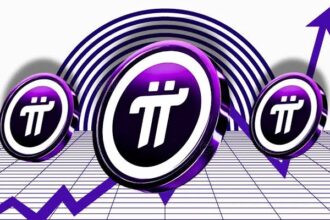
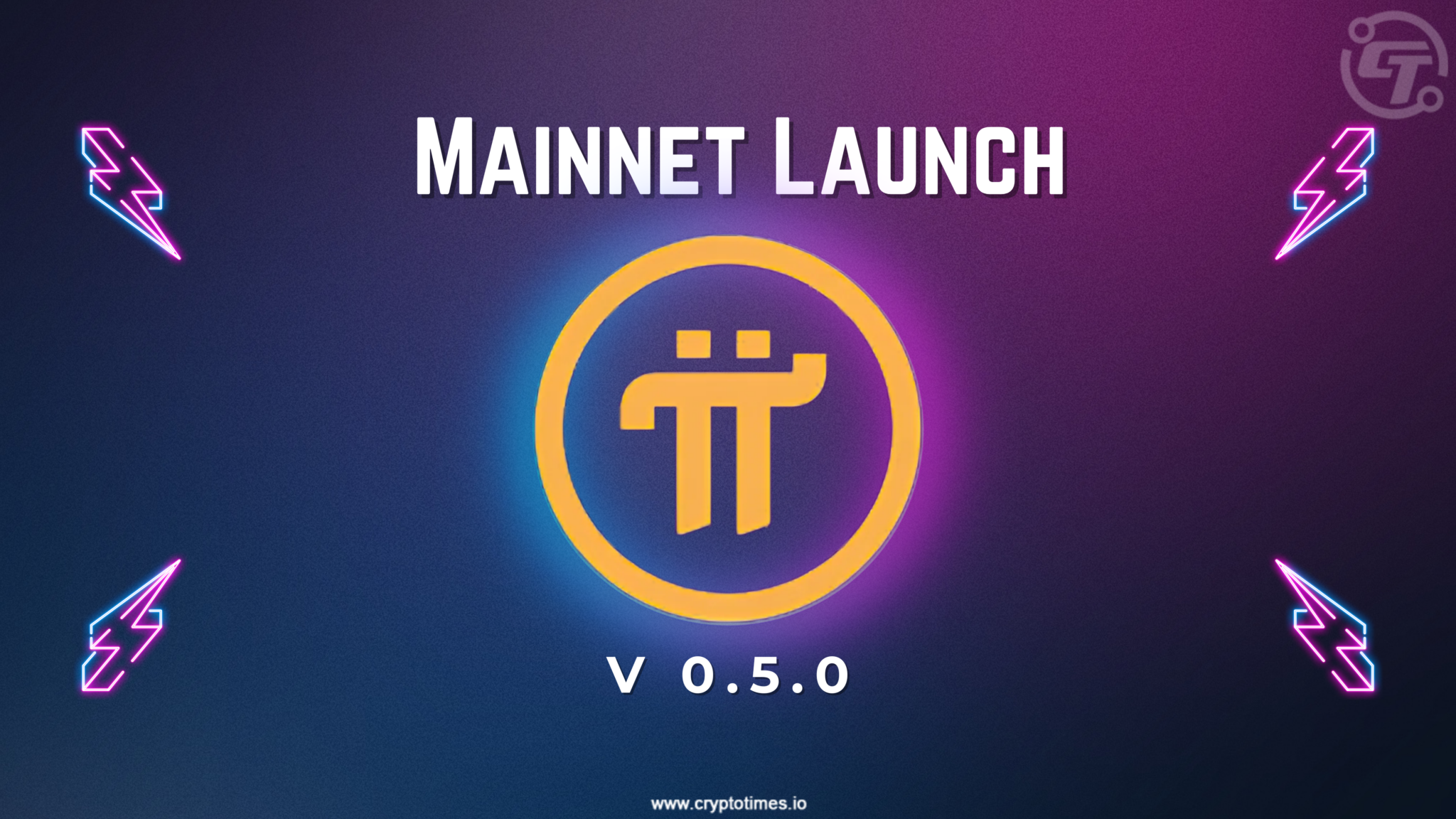


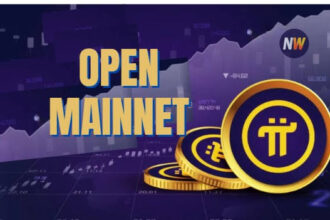

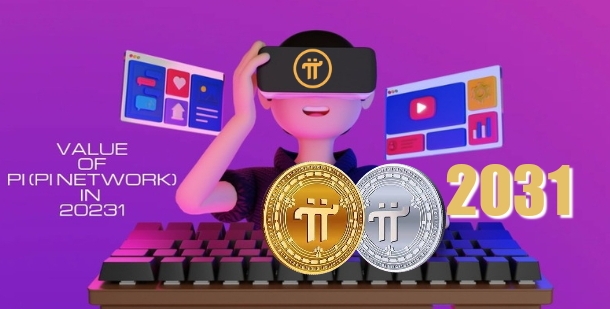



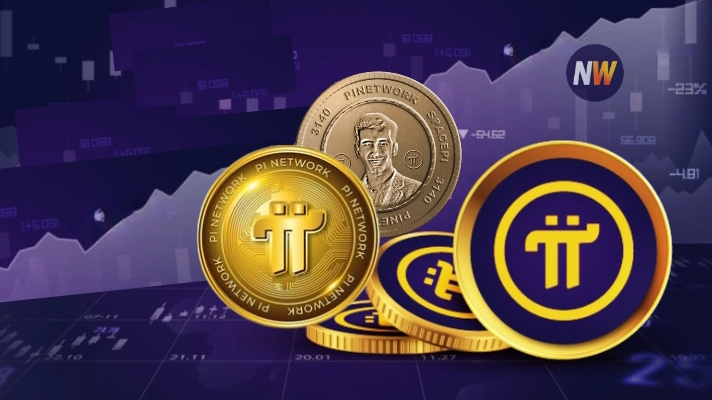


REWARD CODE: 656501